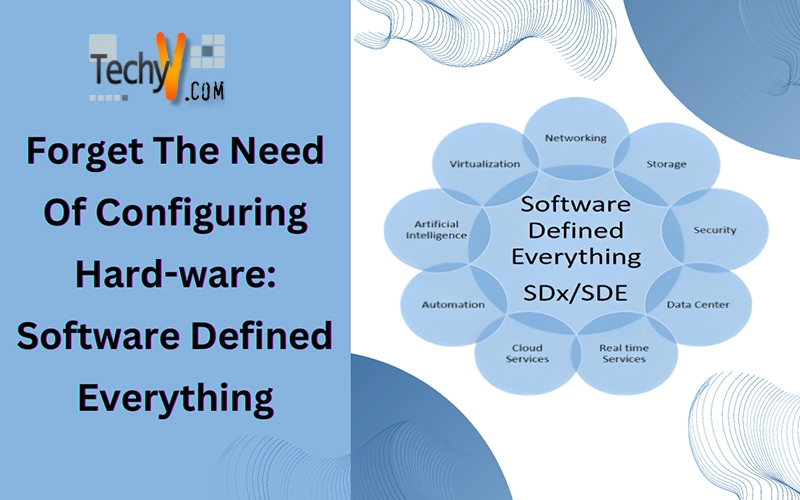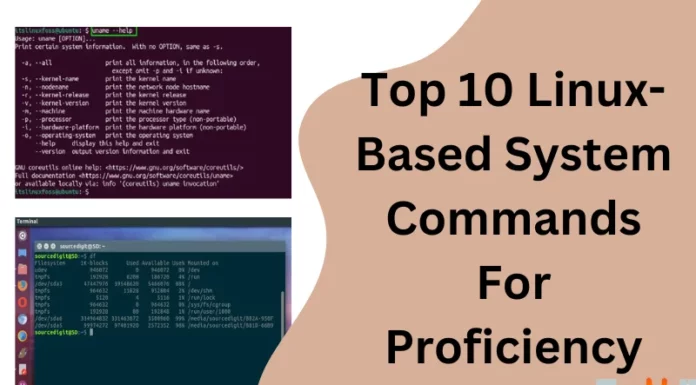What is Software Defined Everything(SDE)?
As we can witness remarkable changes in the field of IT, we have also come across the term, “Software Defined Anything.” In layman terms, the software will be in charge of control or command of the hardware. The need for human involvement in hardware related tasks will get re-duced. This smart system can control any devices at once. Software-defined everything provides a service, in which the hardware, software, and networks, etc. Which come under computer infra-structure have been virtualized. In present-day condition, the management, and control the internet connection, storage of the data are done through hardware. Software Defined Anything, makes this process automatic.

Let’s look into the terms associated with SDE.
Software Defined Network(SDN)
As there is continuous demand from the organization to build a network that is flexible, which can adapt to different requirements in the field of business, the software-defined networks come into play. The SDN makes sure to deliver traffic to whichever part of the connection node required by the network engineers, without touching any of the hardware, or the type of servers used.
Software Defined Storage(SDS)
The programme which is used to store data in physical storage is changed into storing the data which does not depend on physical containment, i.e. The containment of data is in a software-based environment. The features also include replication, and duplicating data.
Software Defined Data Centre(SDDC)
The traditional method of storing data is based on the specifications of the hardware used. SDDC makes the provision of CPU, security of the infrastructure, storing the data, dealing with the net-work is done based on software. The entire process will be automatic.
Advantages of SDE
1. The new features, applications, and services can be done through software update. The software update makes the hardware a platform for development and creates the market for new applica-tions.
2. The replacement of old hardware is not required. The firmware gets upgraded.
3. The changes related to software are easily adaptable, can be configured easily.
4. Multi-functional features for protocols.
5. Investment cost is low.
6. Trail and error method for programming becomes less tedious.
7. Faster development.
8. Every device will be using similar application platform, which is favourable for an update or rec-tification of an issue.
9. Repetitive use of the same software.
10. Lower development costs.
11. The software is highly reliable over hardware.
12. Any issues with the execution of the APP can be cleared by updates.
13. Real-time response.
14. Planned management of the infrastructure.
15. Programming becomes much easier.
16. Directly implemented on hardware.
17. Hardware requirements will reduced.
18. Less workload on humans.
19. Fewer field engineers.
20. Local interaction with devices is eliminated.
Even though everything can be made automatic, at the end of the day, the human interaction is vi-tal. More skillful engineers are required to achieve such an advanced development, higher program-ming level, better security, etc.


















